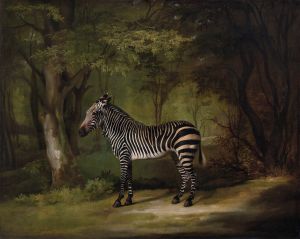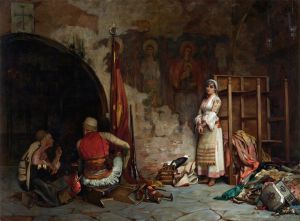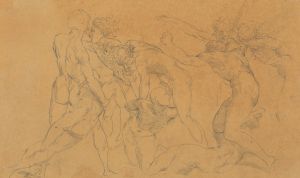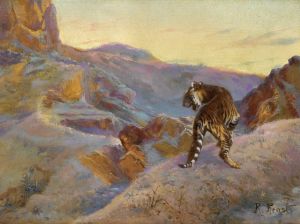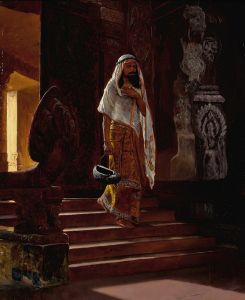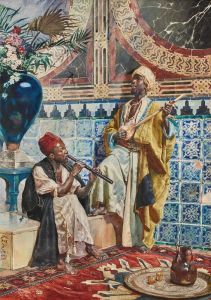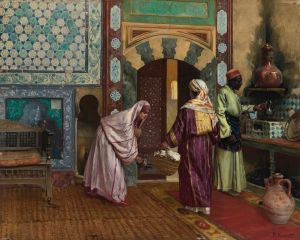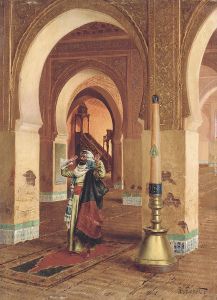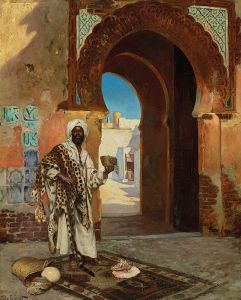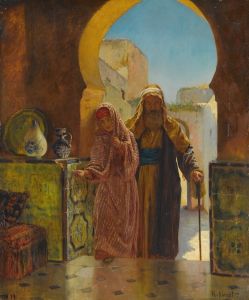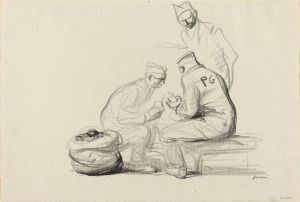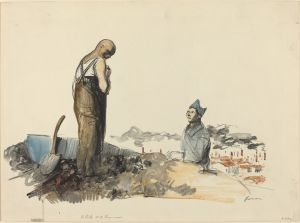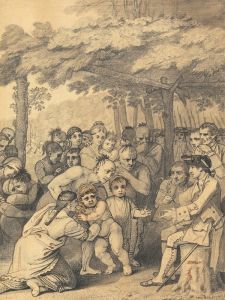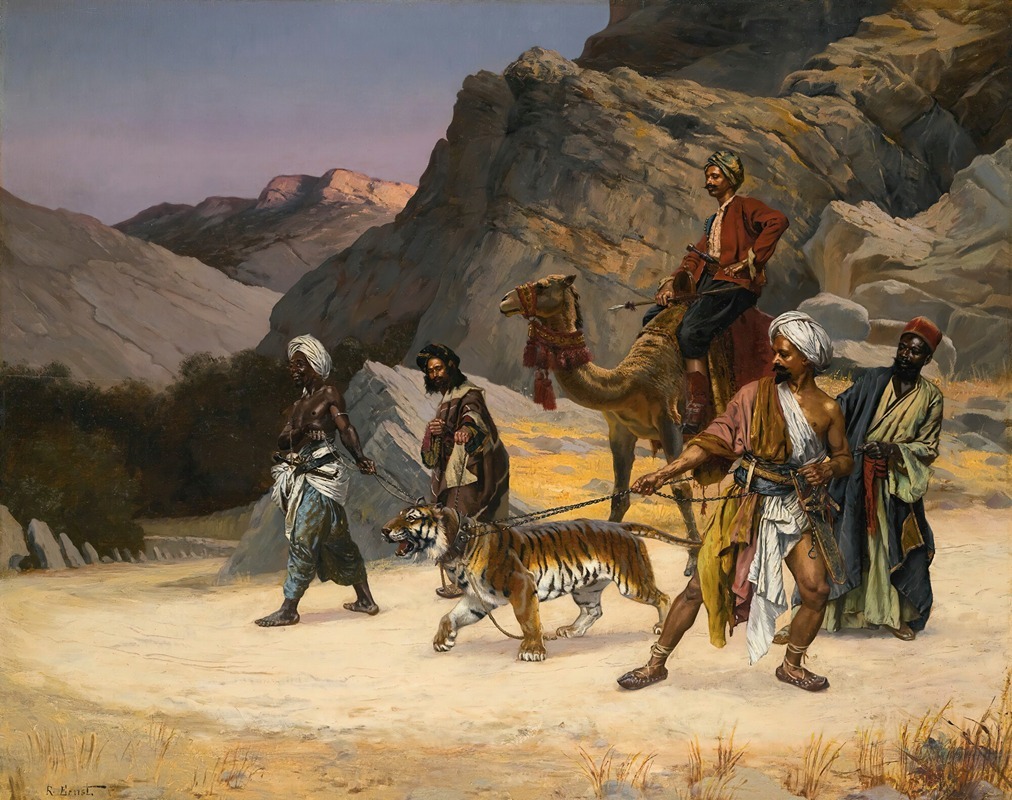
A Captive Tiger
A hand-painted replica of Rudolf Ernst’s masterpiece A Captive Tiger, meticulously crafted by professional artists to capture the true essence of the original. Each piece is created with museum-quality canvas and rare mineral pigments, carefully painted by experienced artists with delicate brushstrokes and rich, layered colors to perfectly recreate the texture of the original artwork. Unlike machine-printed reproductions, this hand-painted version brings the painting to life, infused with the artist’s emotions and skill in every stroke. Whether for personal collection or home decoration, it instantly elevates the artistic atmosphere of any space.
Rudolf Ernst was an Austrian painter born in Vienna in 1854, known for his detailed and vibrant depictions of Orientalist themes. His works often reflect a fascination with the cultures, architecture, and daily life of the Middle East and North Africa, which were popular subjects among European artists during the 19th century. Ernst's paintings are characterized by their meticulous attention to detail, rich color palettes, and a romanticized portrayal of exotic settings.
One of his notable works, A Captive Tiger, exemplifies his mastery in combining realism with an idealized vision of the Orient. The painting features a tiger, a symbol of strength and majesty, depicted in a confined setting. The animal is shown in a richly adorned interior, surrounded by intricate patterns and luxurious textures that are hallmarks of Ernst's style. The contrast between the tiger's raw power and its captivity creates a striking visual and emotional tension.
Ernst's ability to render textures, such as the tiger's fur, the ornate fabrics, and the polished surfaces of the setting, demonstrates his technical skill and attention to detail. The painting reflects the 19th-century European fascination with exotic animals and their symbolic meanings, as well as the broader Orientalist trend of romanticizing and idealizing non-European cultures.
While Rudolf Ernst traveled extensively and drew inspiration from his journeys, it is unclear whether A Captive Tiger was based on a specific location or scene he encountered. The painting, like much of his work, is likely a composite of elements designed to evoke a sense of mystery and allure associated with the Orient. Ernst's works were highly sought after during his lifetime and continue to be appreciated for their artistic quality and historical significance.
A Captive Tiger is an example of how Orientalist art often blended imagination with reality, creating images that appealed to European audiences' curiosity about distant lands. Today, such works are studied not only for their aesthetic value but also for their role in shaping perceptions of other cultures during the colonial era.
No further specific historical or contextual information about A Captive Tiger is available.





